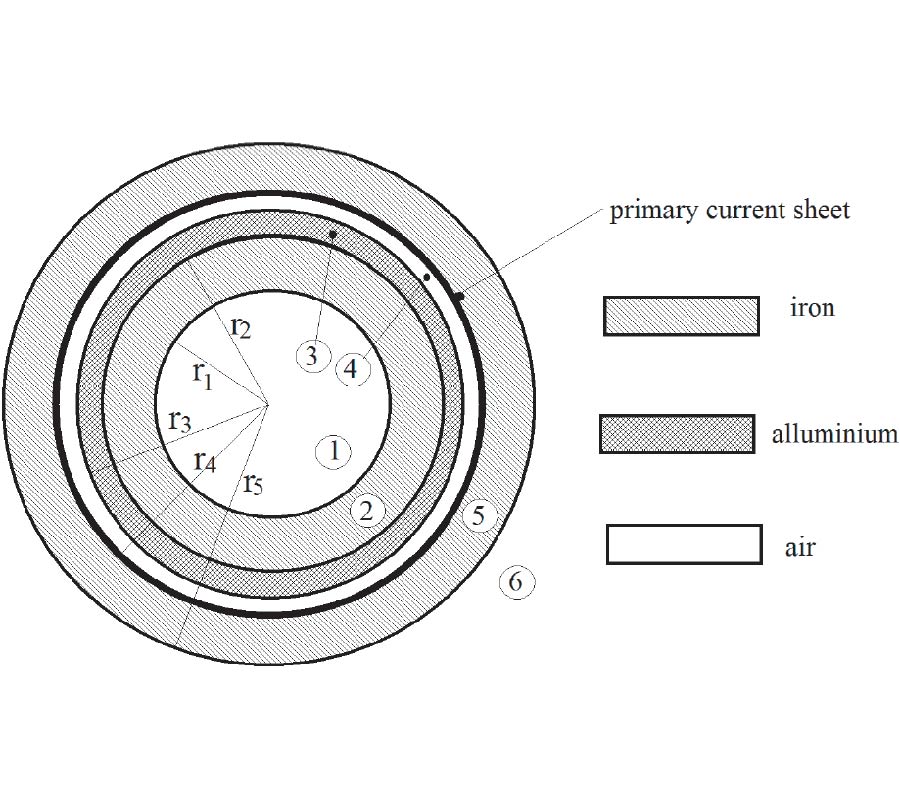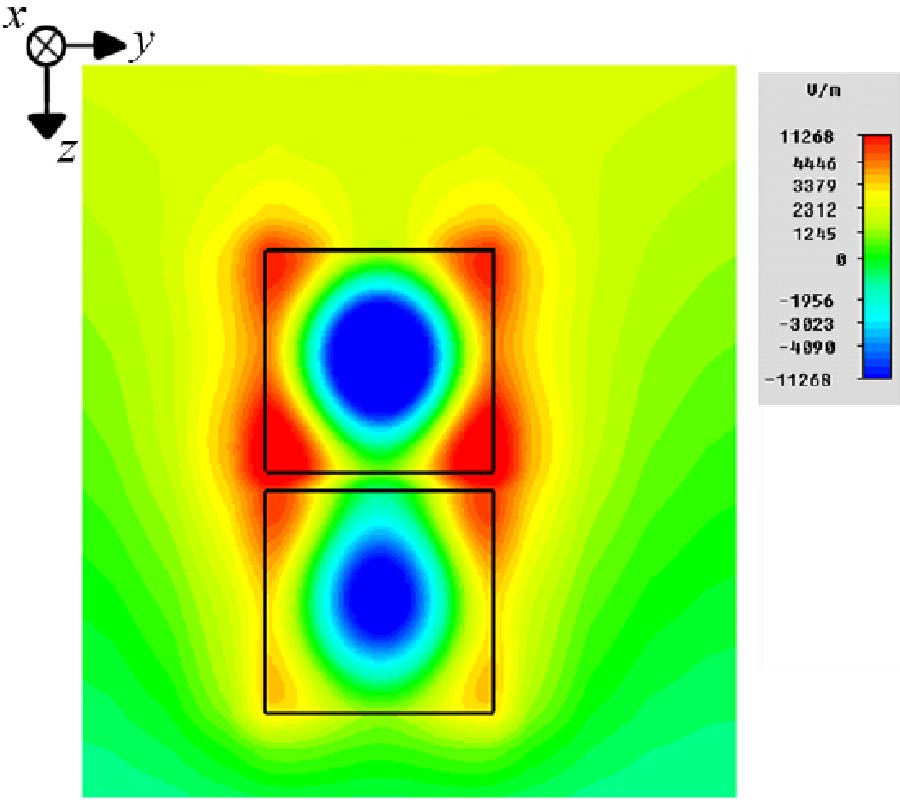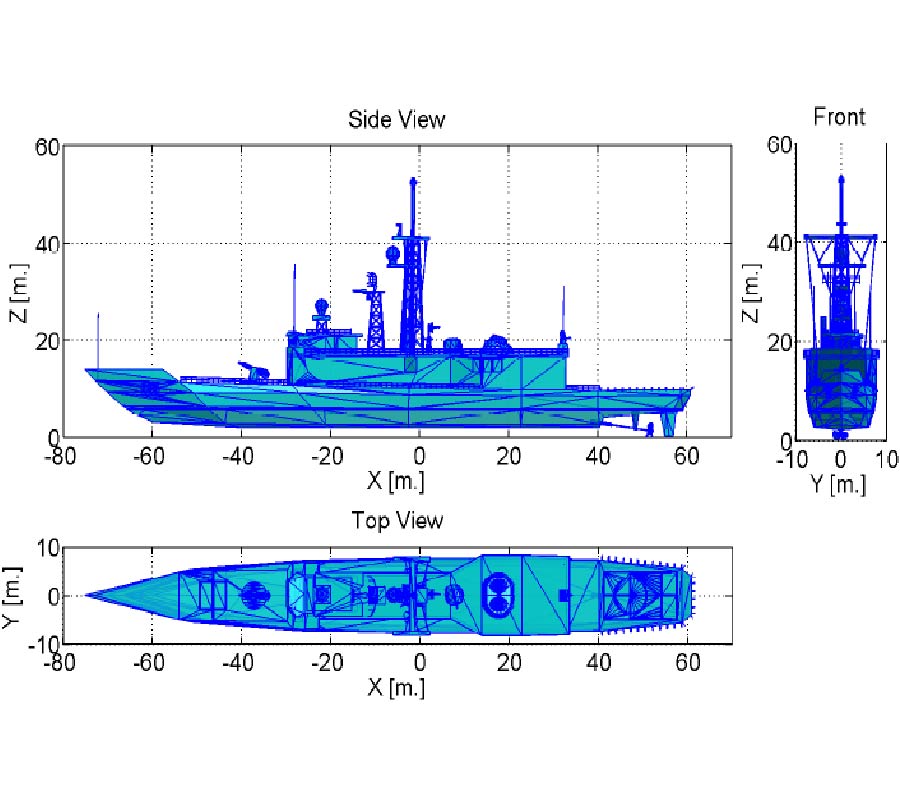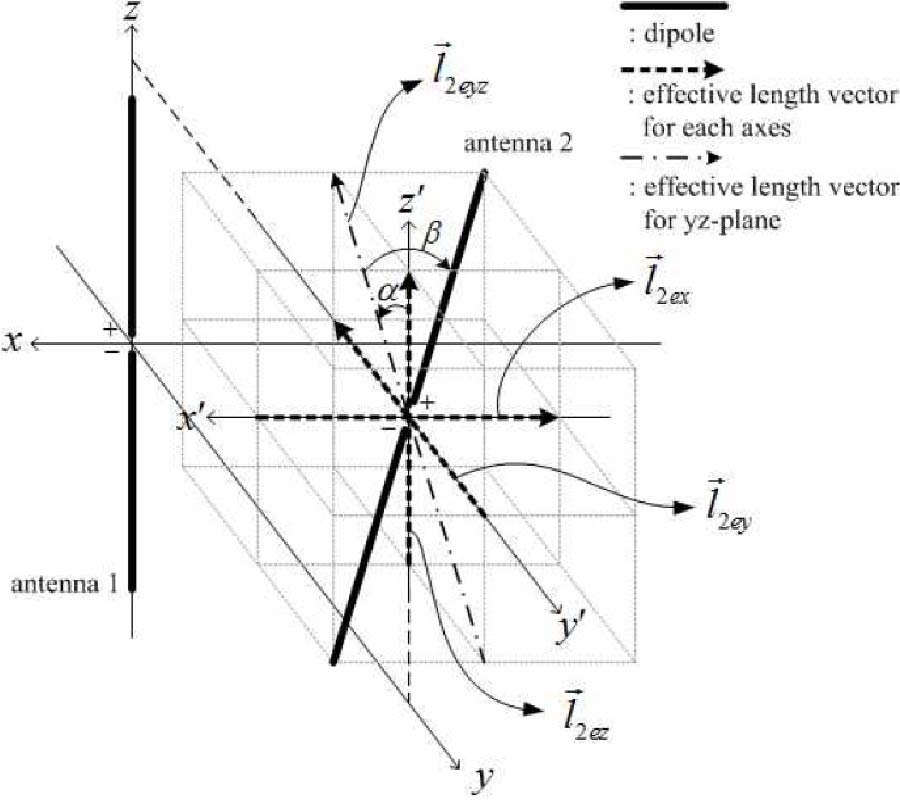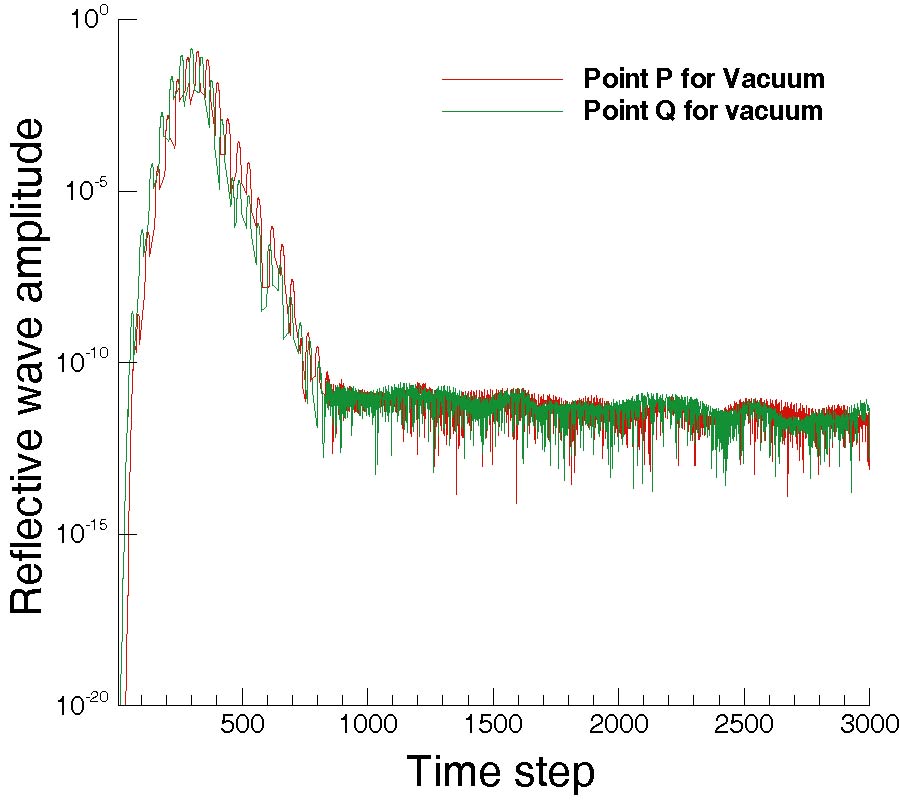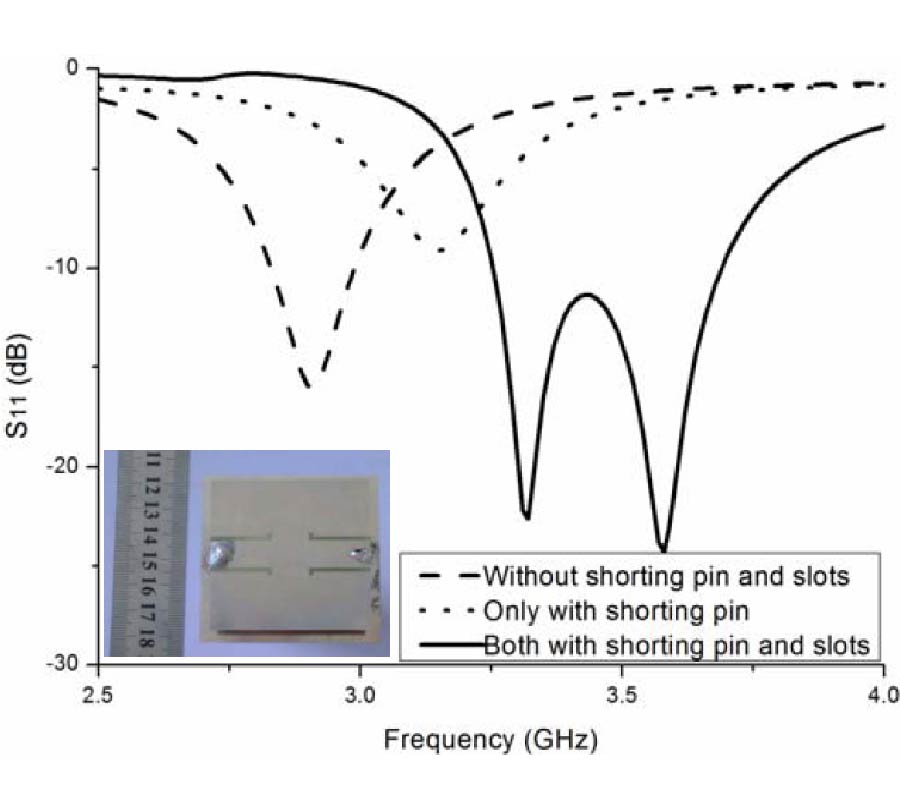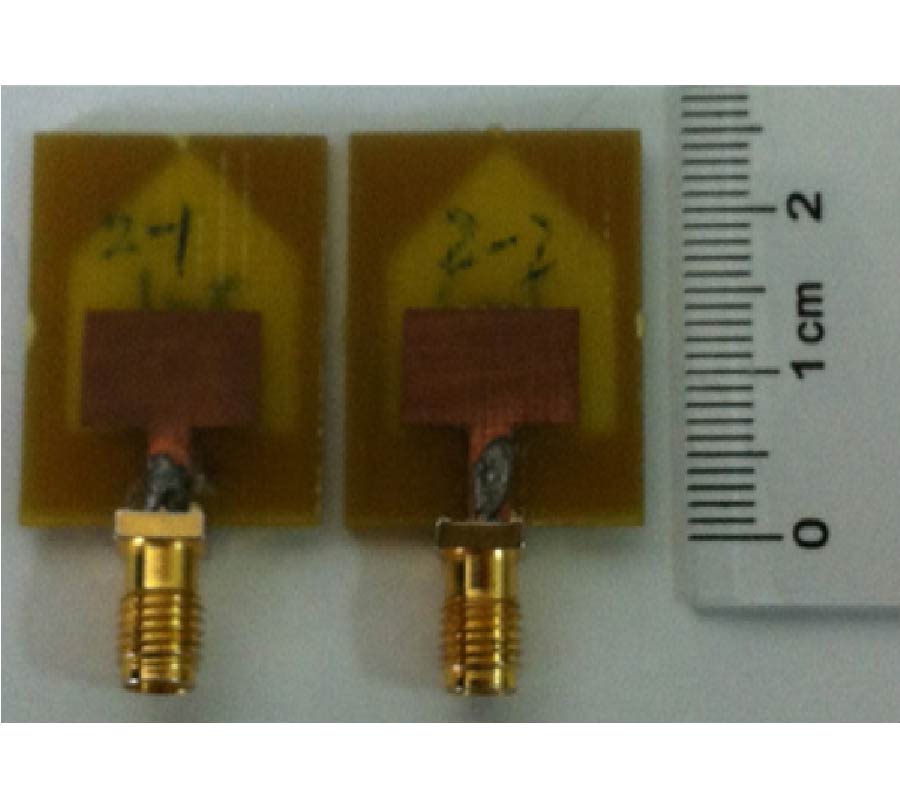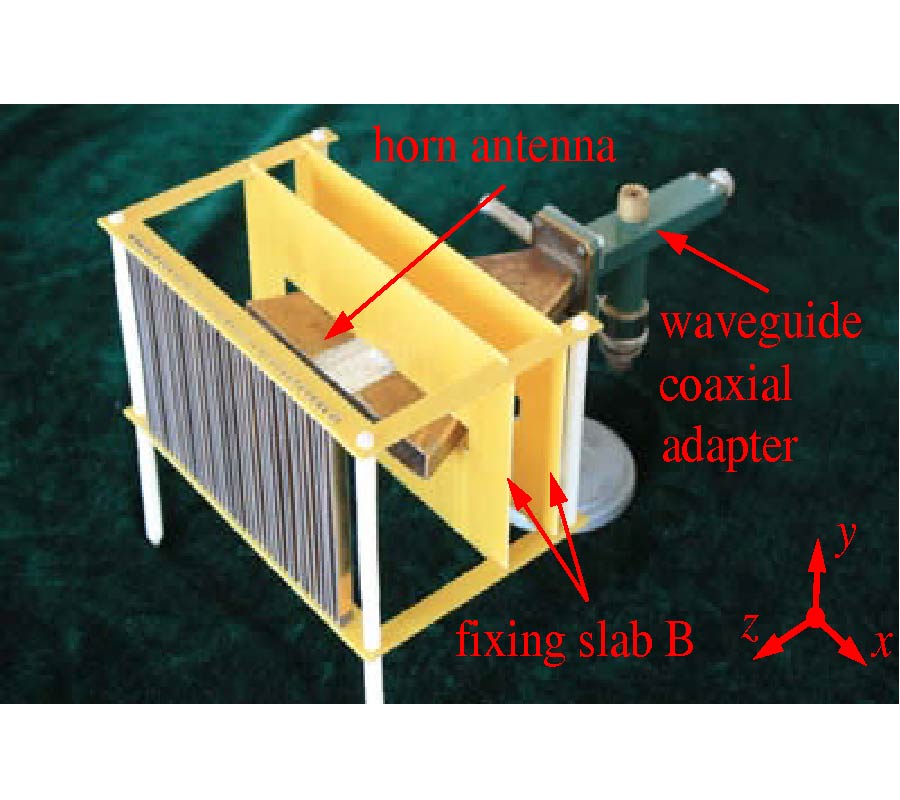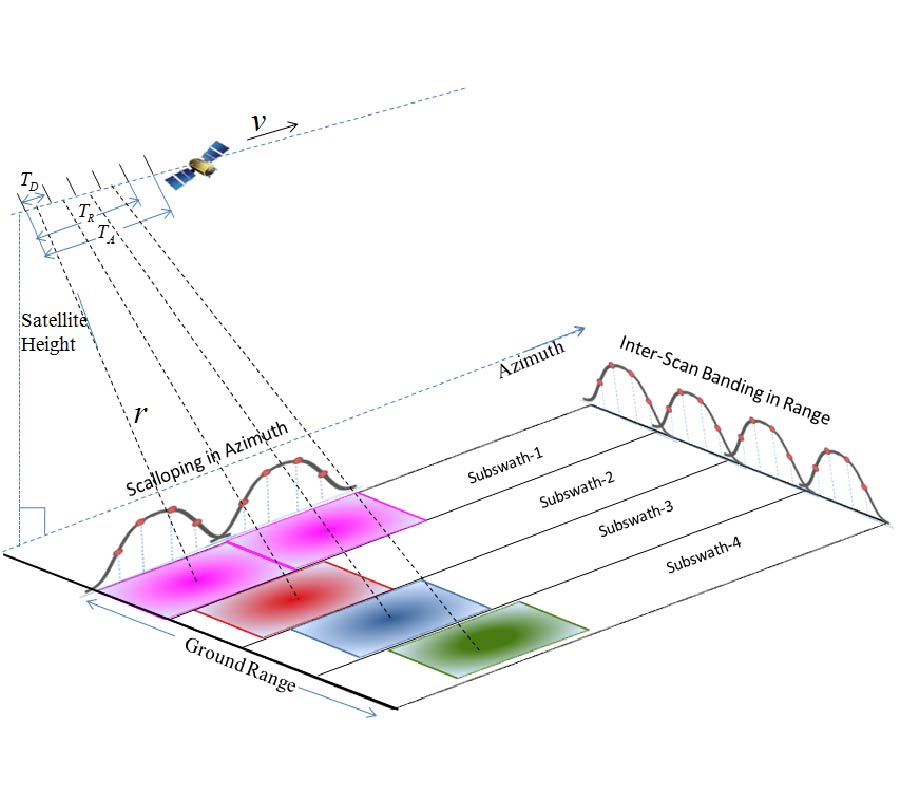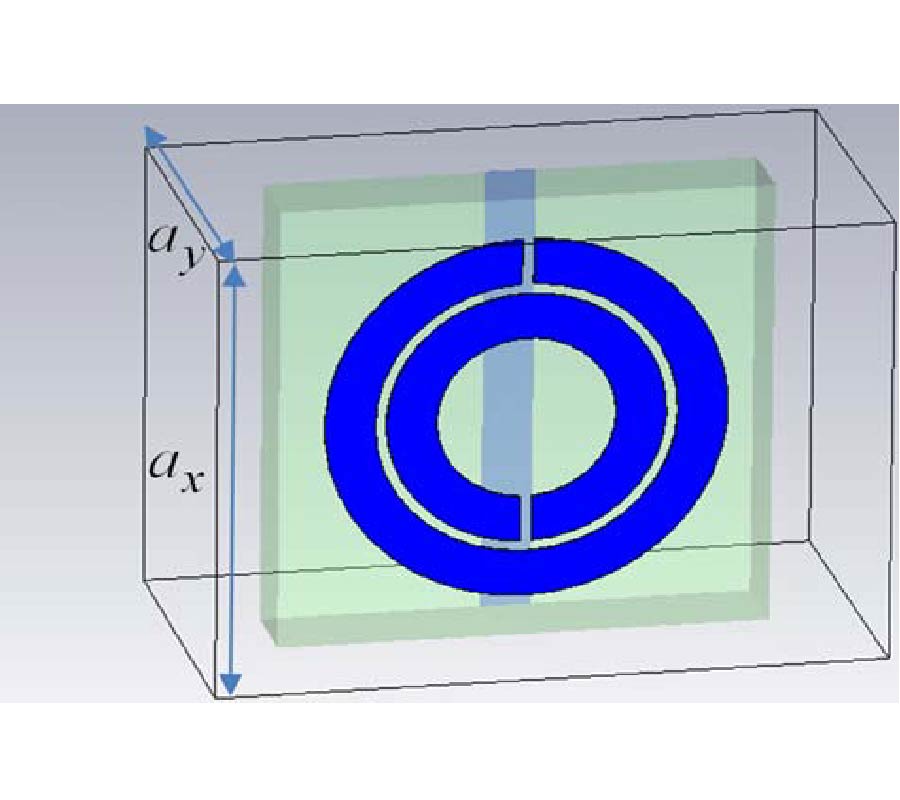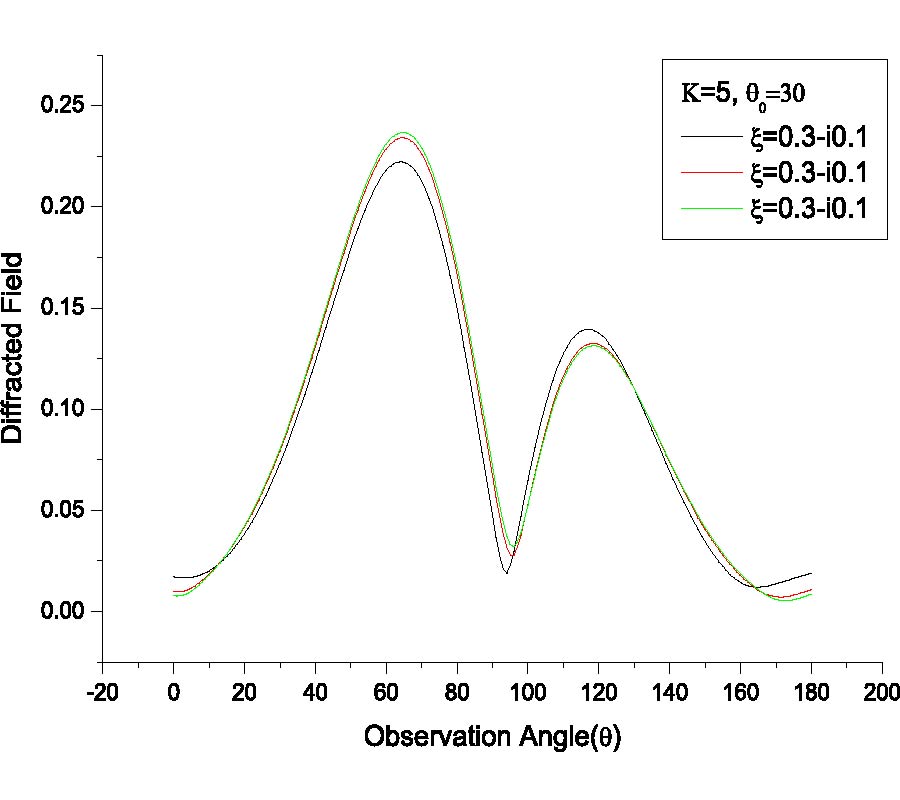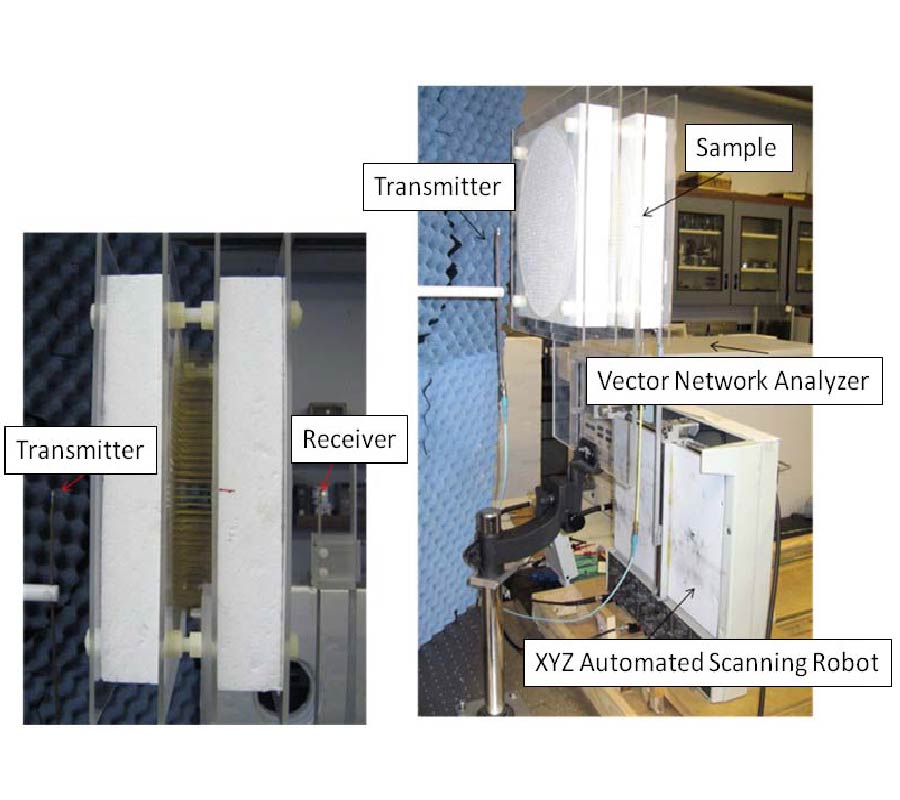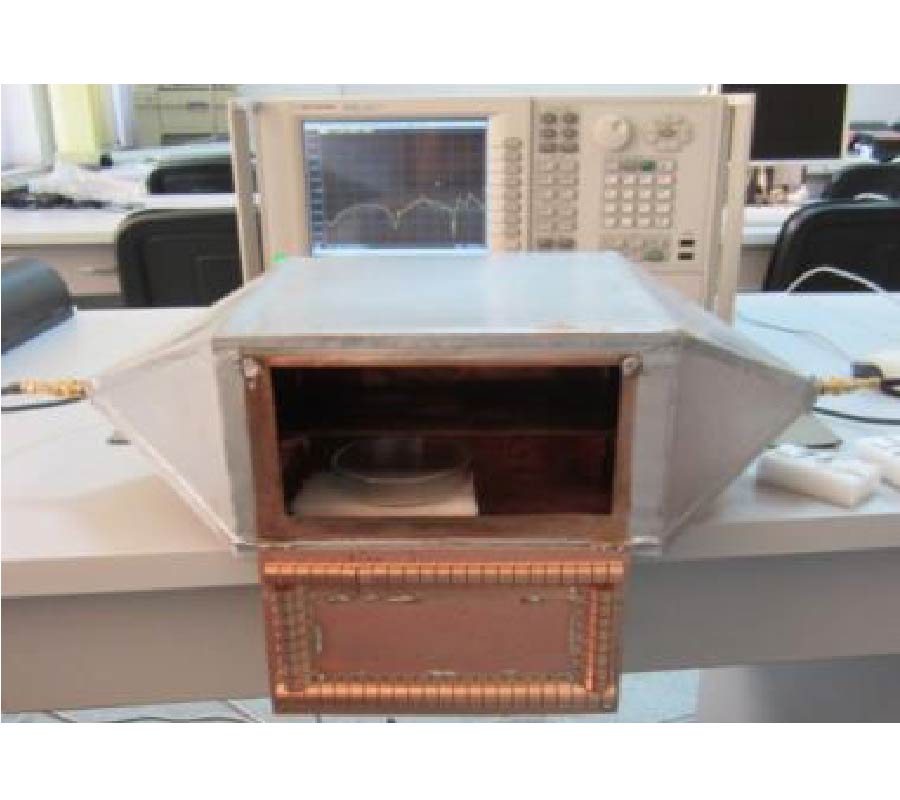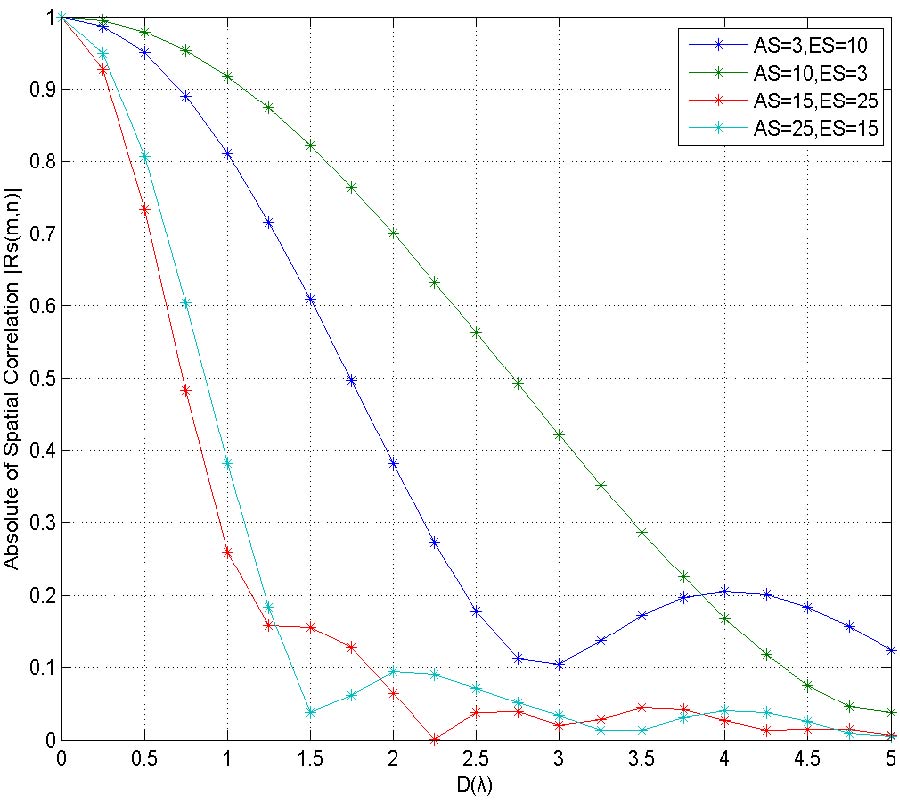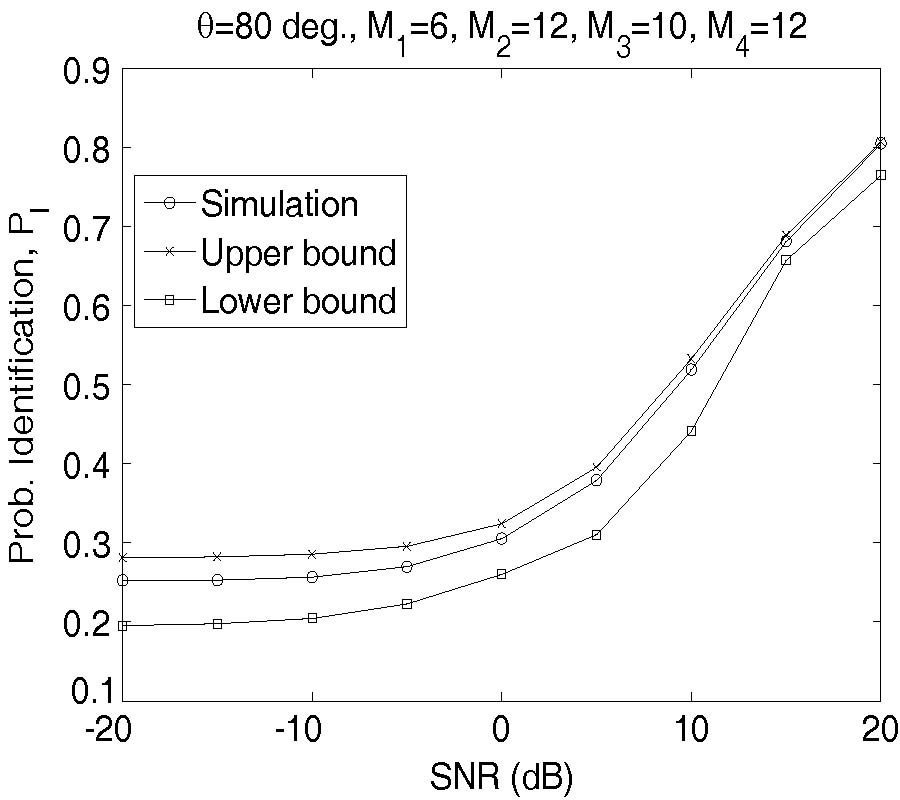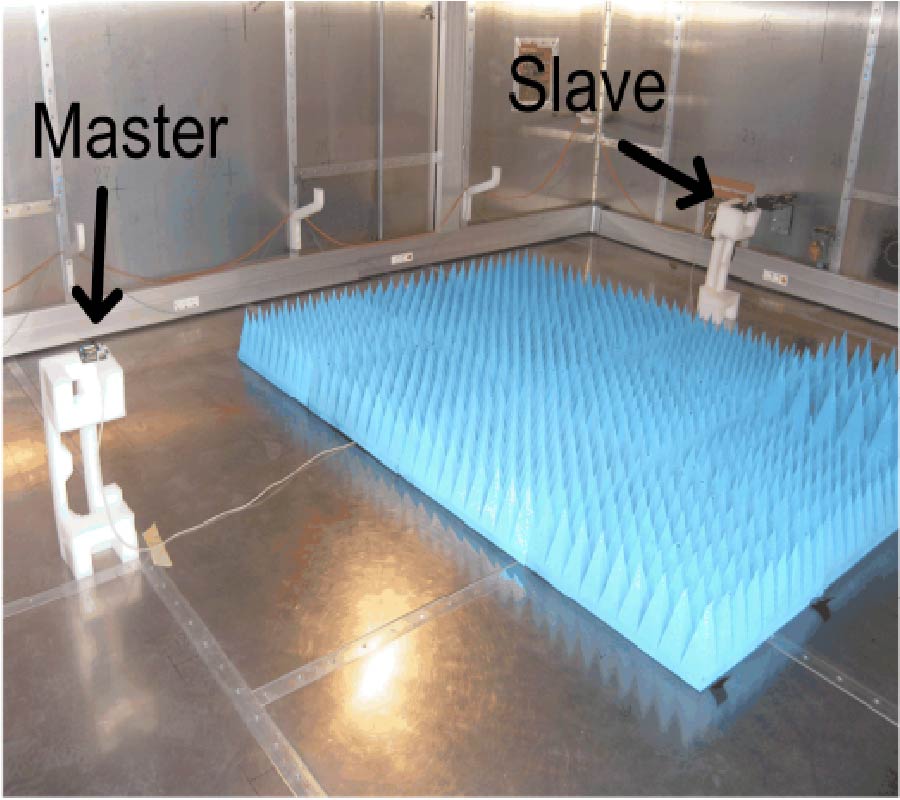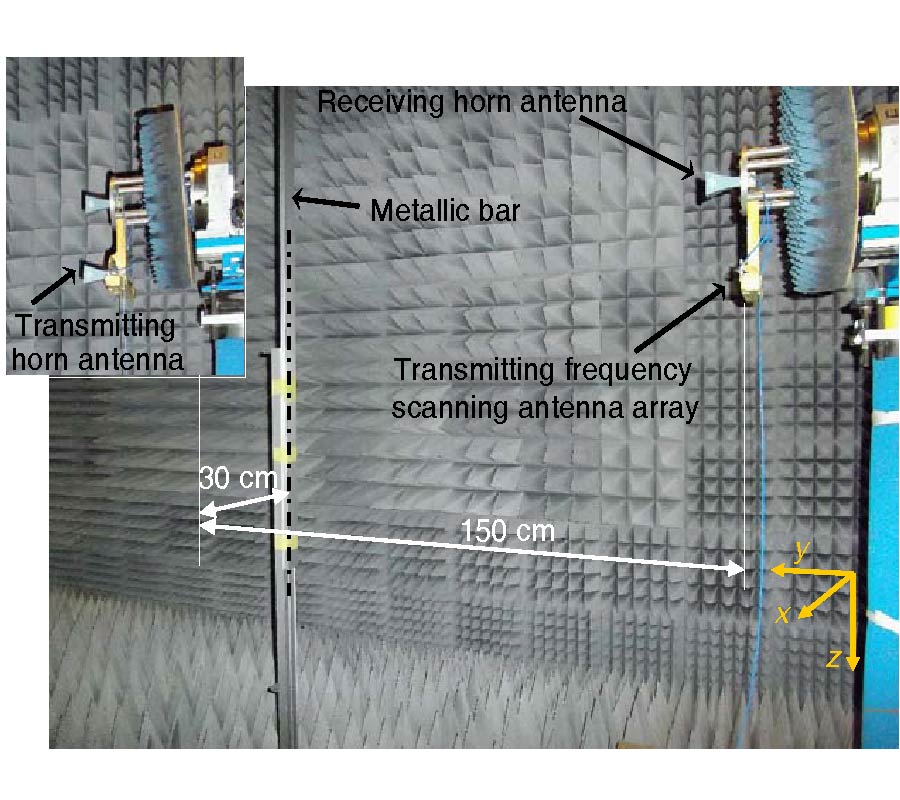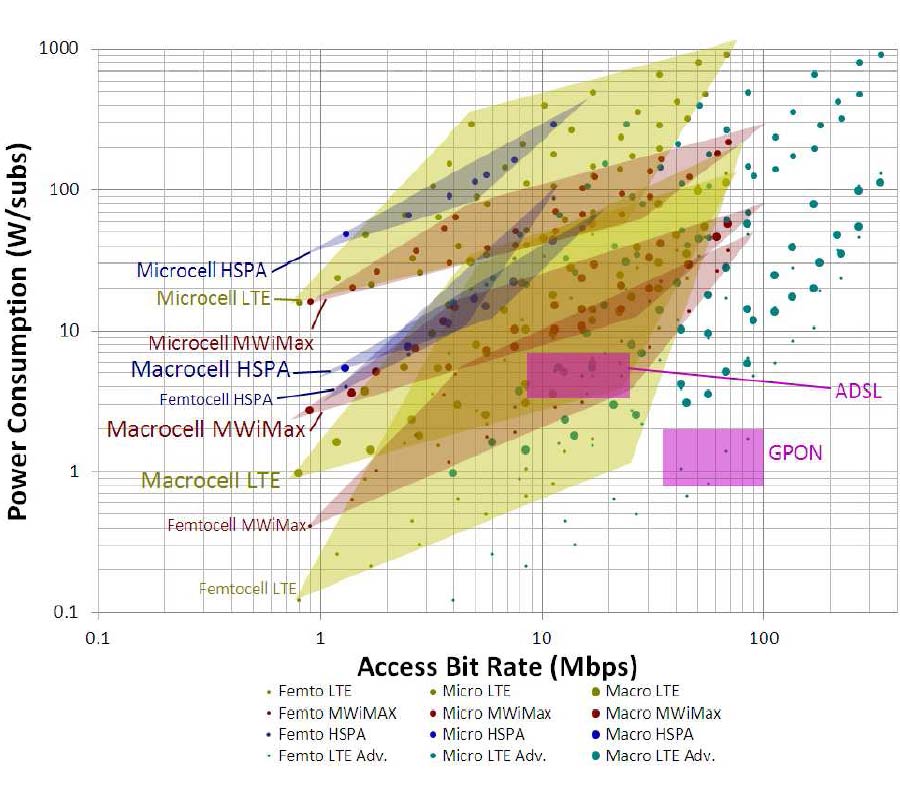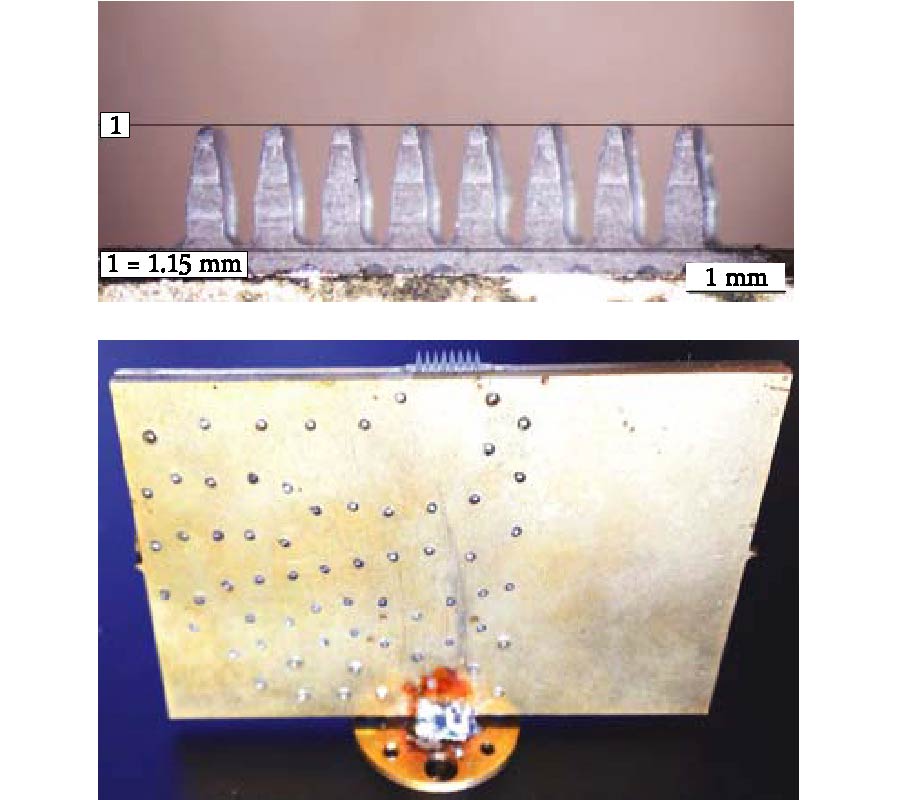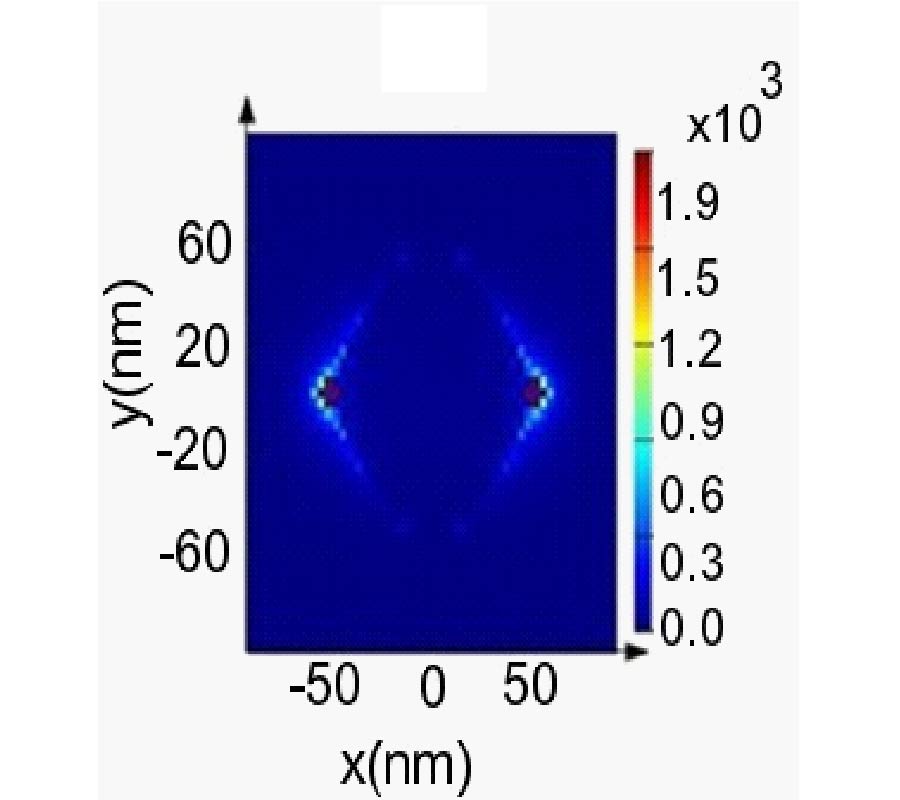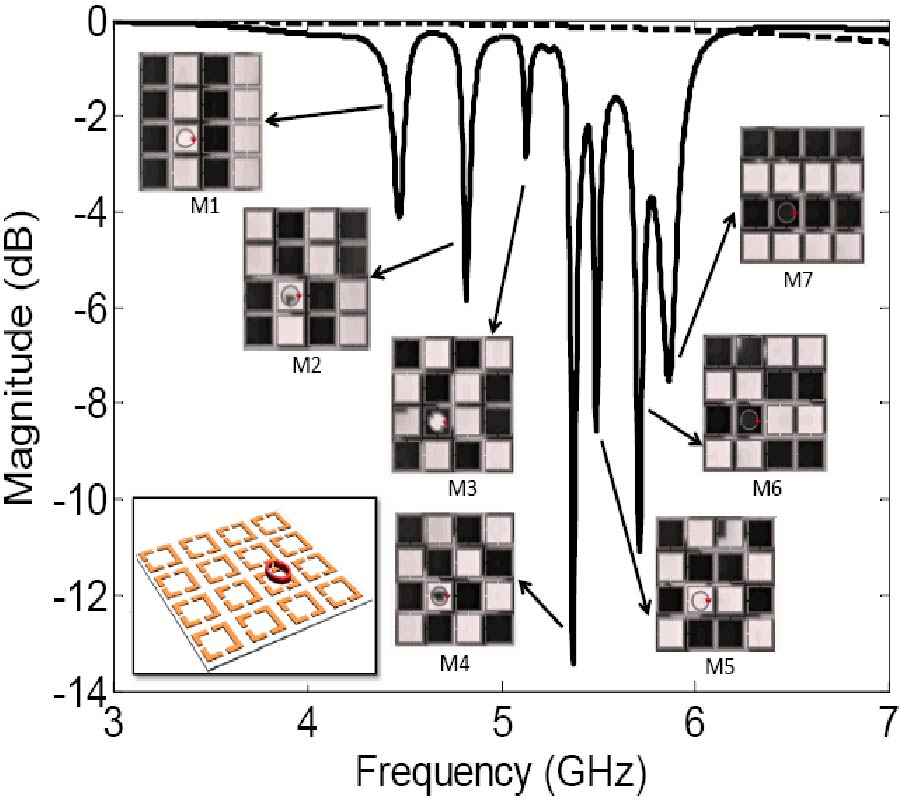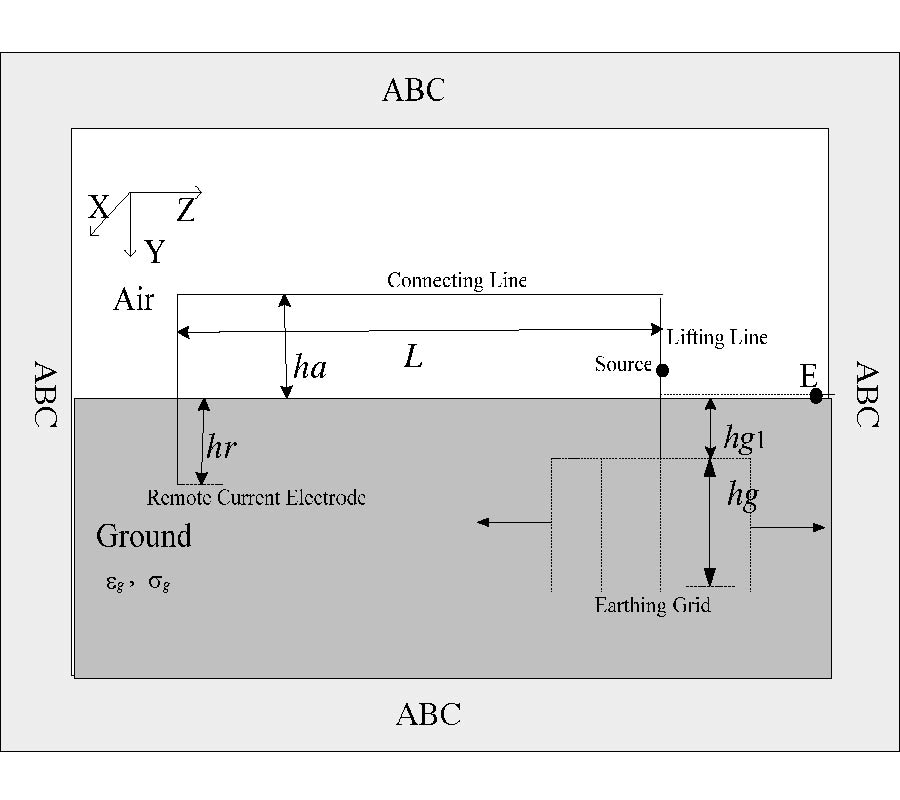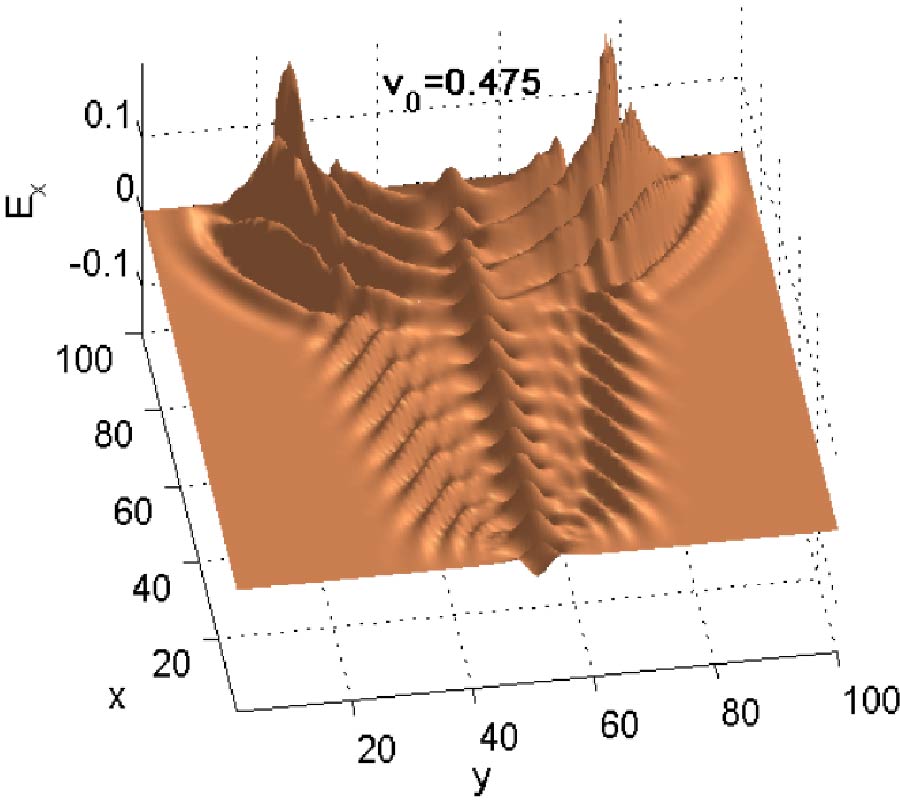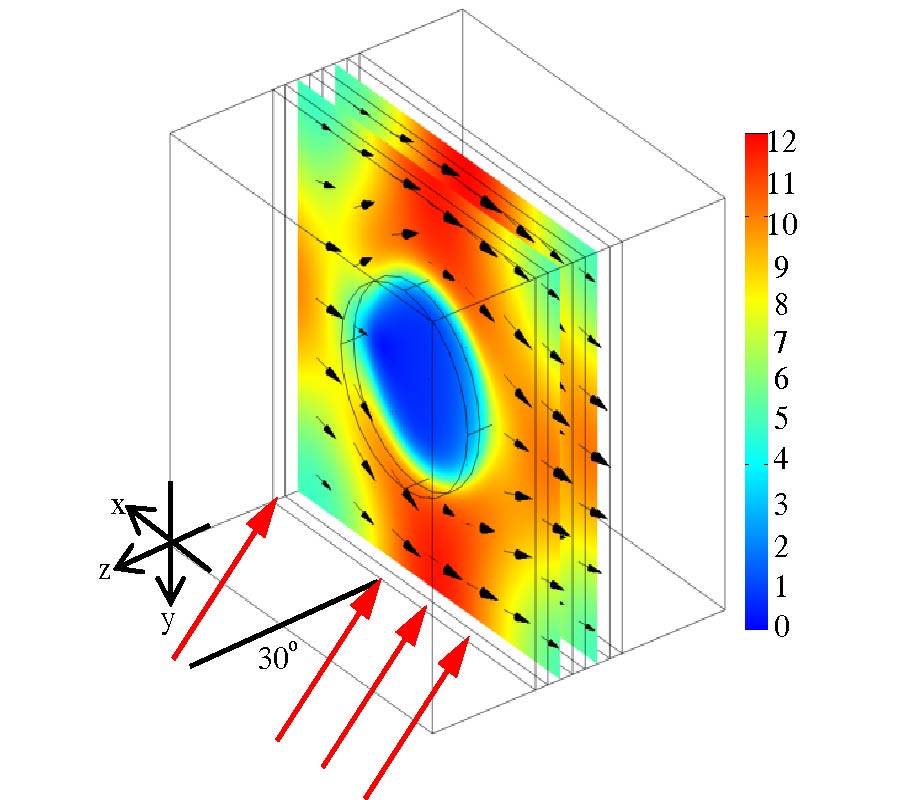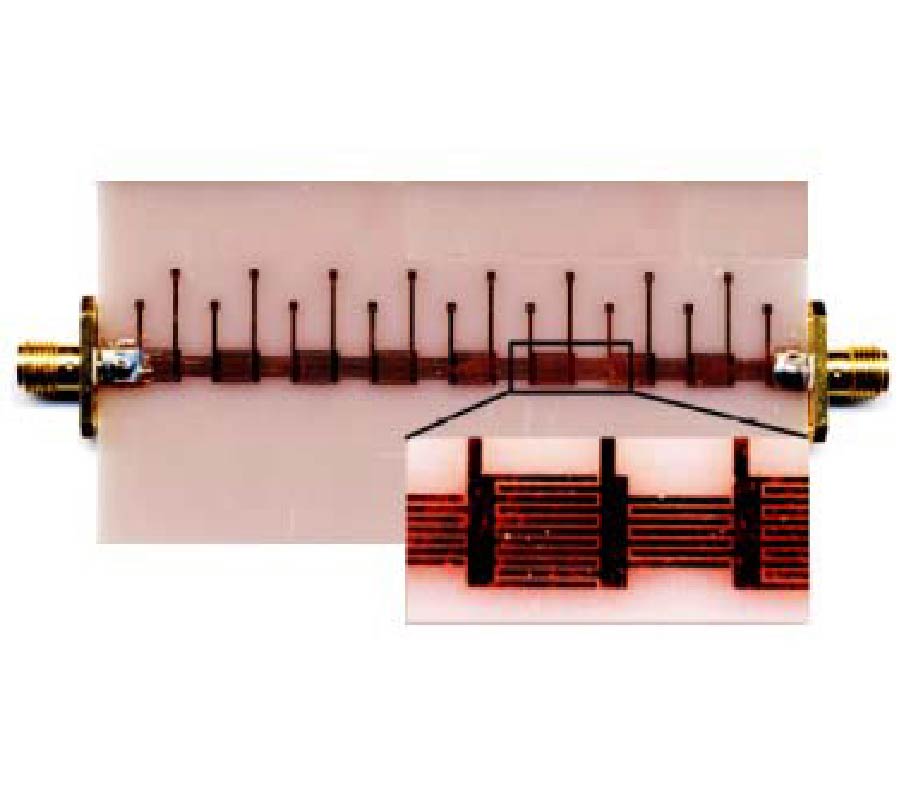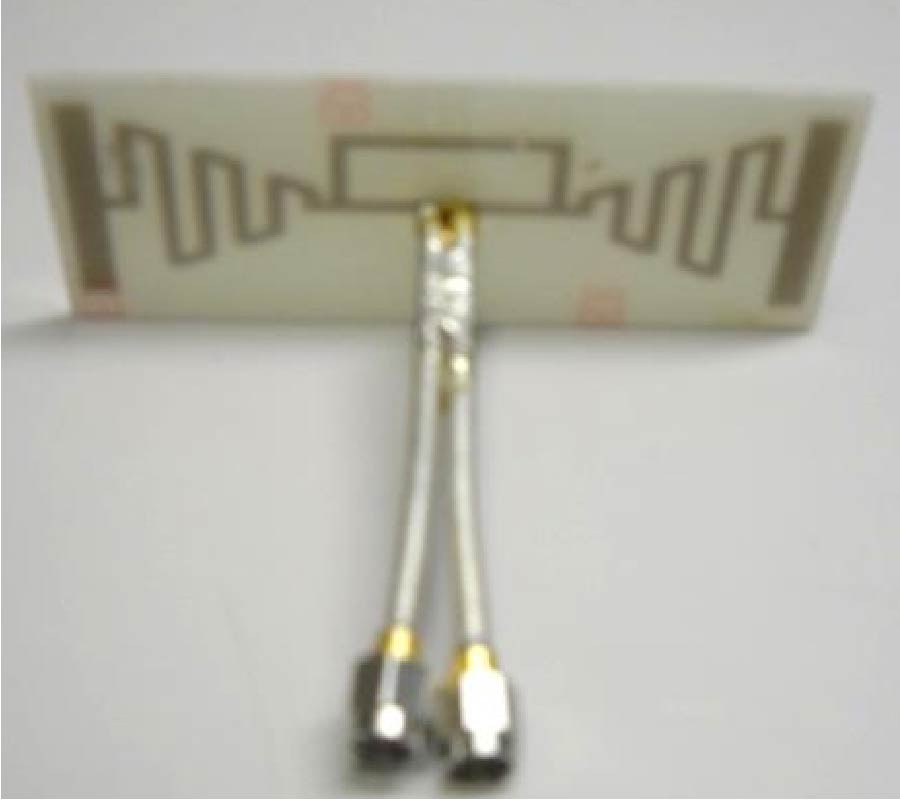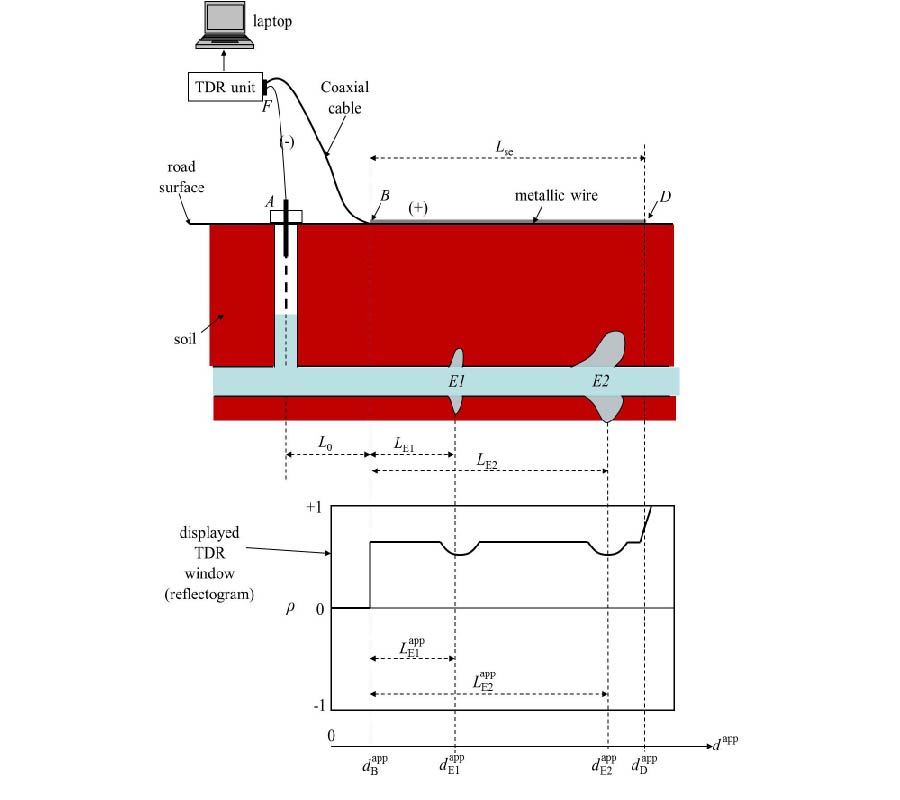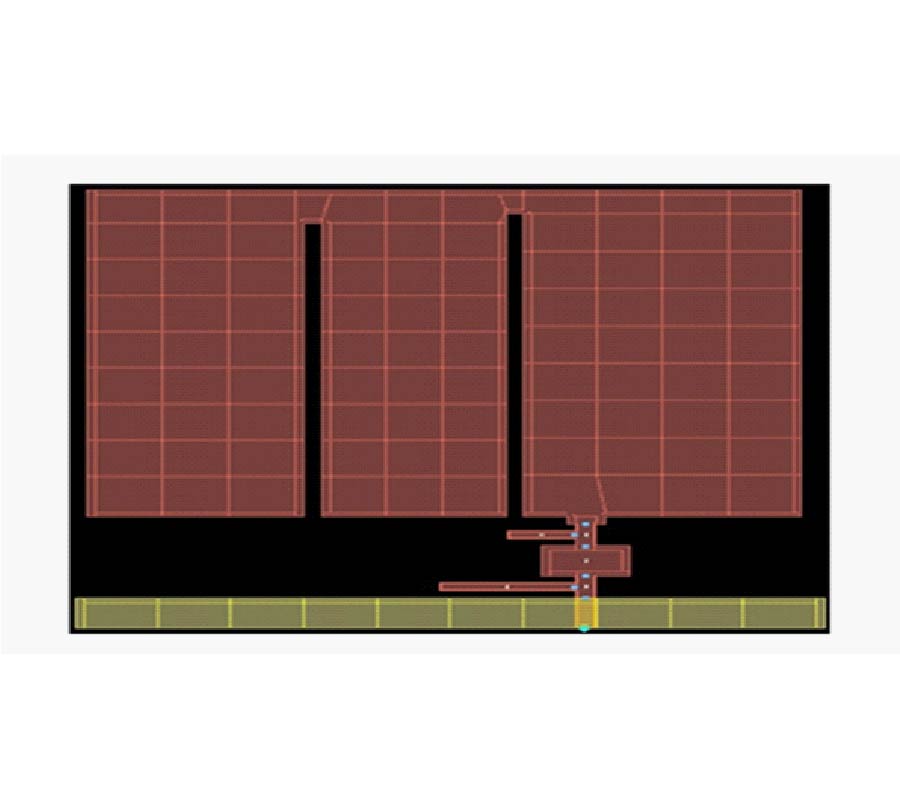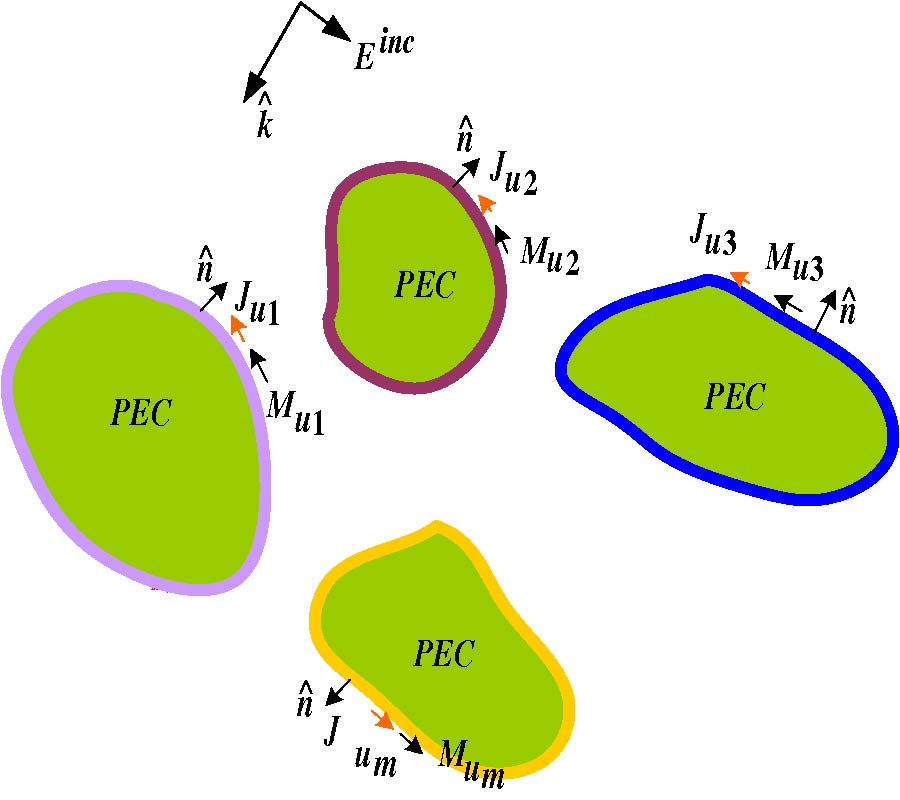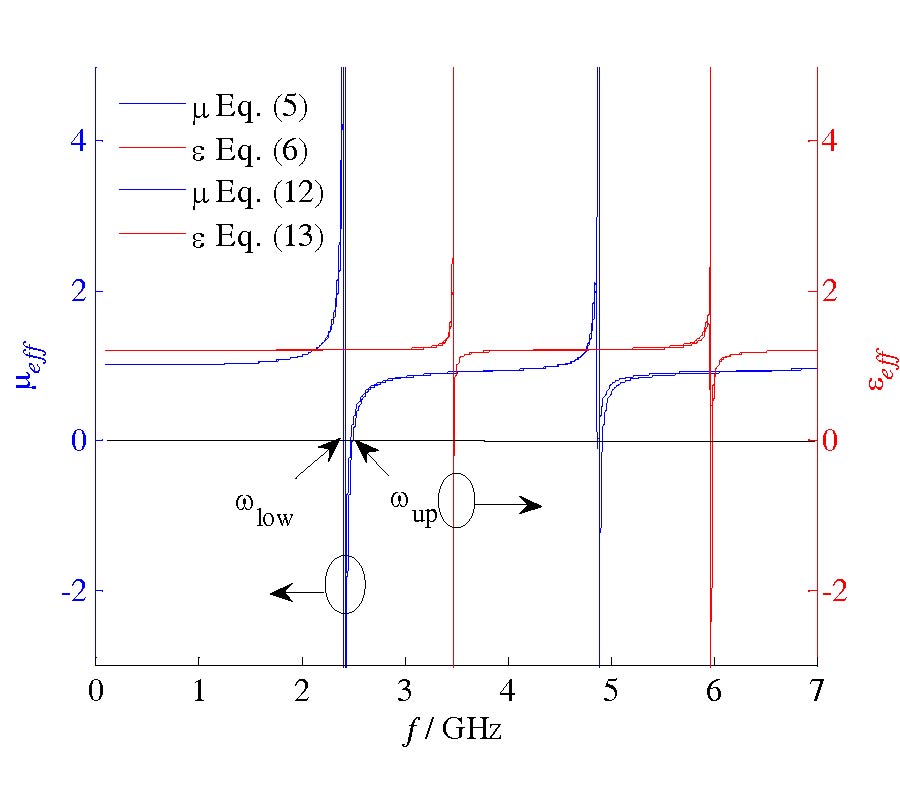Smart Prototyping Techniques for UHF RFID Tags: Electromagnetic Characterization and Comparison with Traditional Approaches
Luca Catarinucci,
Riccardo Colella and
Luciano Tarricone
Over the last few years, the active and growing interest in Radiofrequency Identification (RFID) technology has stimulated a conspicuous research activity involving design and realization of passive label-type UHF RFID tags customized for specific applications. In most of the literature, presented and discussed tags are prototyped by using either rough-and-ready procedures or photolithography techniques on rigid Printed Circuit Boards. However, for several reasons, such approaches are not the most recommended, in particular they are rather time-consuming and, moreover, they give rise to low quality devices in one case, and to cumbersome and rigid tags in the other. In this work, two alternative prototyping techniques suitable for cost-effective, time-saving and highperformance built-in-lab tags are introduced and discussed. The former is based on the joint use of flexible PCBs and solid ink printers. The latter makes use of a cutting plotter to precisely shape the tag antenna on thin copper sheets. Afterwards, a selection of tags, designed and manufactured by using both traditional and alternative techniques, is rigorously characterized from the electromagnetic point of view in terms of input impedance and whole tag sensitivity by means of appropriate measurement setups. Results are then compared, thus guiding the tag designer towards the most appropriate technique on the basis of specific needs.
